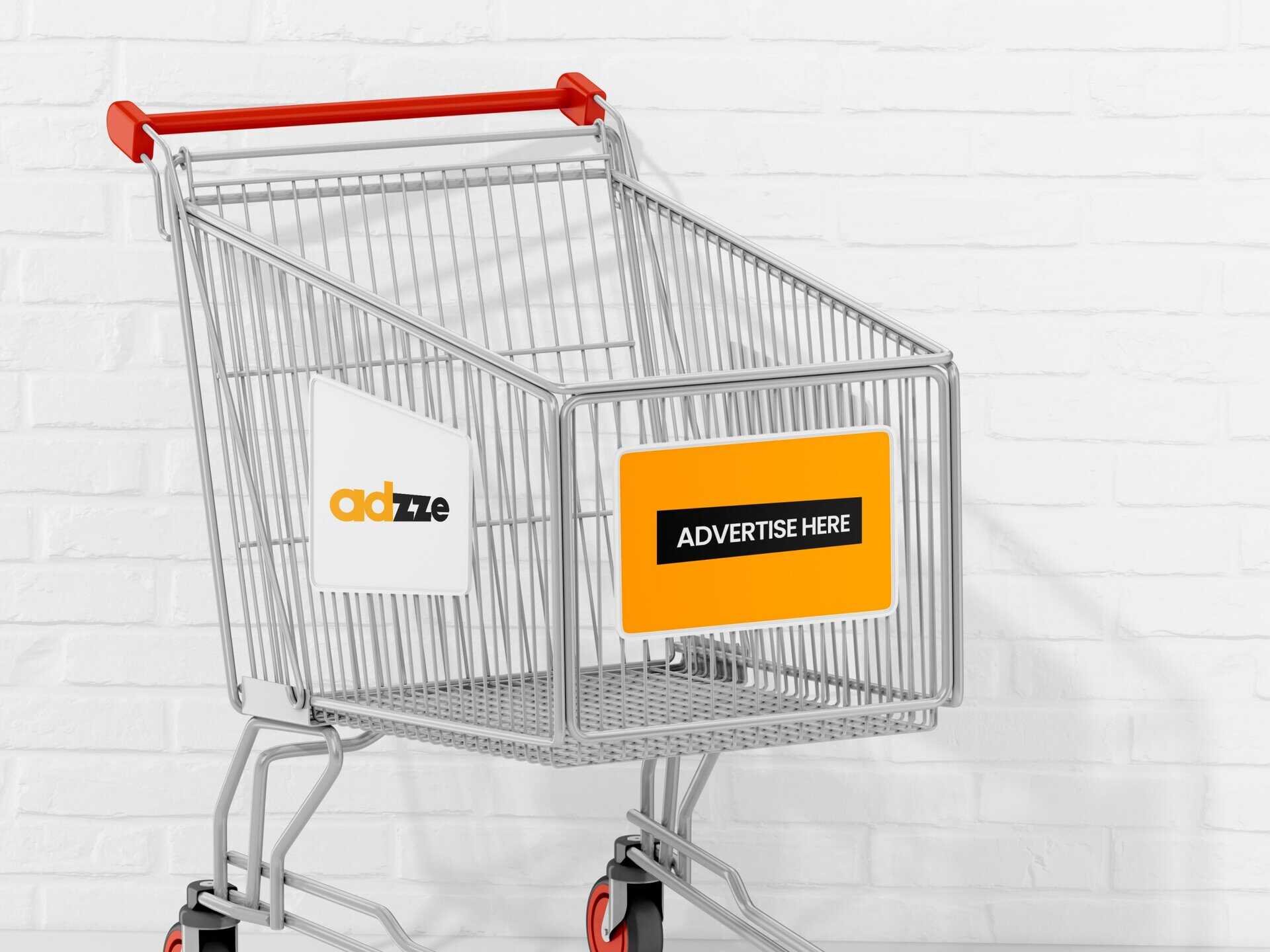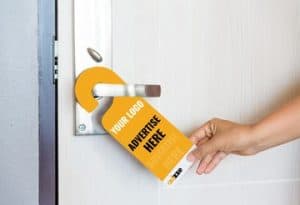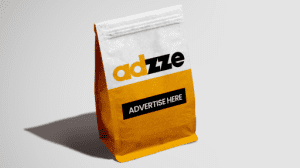Use Caseas for Grocery Cart Advertising at Home
In-store visibility is just the beginning. Today’s most effective shopper marketers are designing campaigns that extend beyond the store aisles, reaching consumers after the shopping trip ends — right where dinner decisions are made: the kitchen.
This blog explores use caseas for grocery cart advertising that focus on after-the-trip conversion, transforming the grocery cart handle into a powerful driver of post-purchase engagement. By leveraging in-hand exposure and digital follow-up, brands can convert casual shoppers into loyal customers — one recipe, reorder, or offer at a time.
Why Post-Trip Engagement Matters in Grocery Cart Advertising
Most grocery cart ads are viewed during the 30–45 minutes a shopper spends in-store. But what happens after checkout? That’s when brands face a crucial opportunity: to re-engage shoppers at home, where consumption, cooking, and brand loyalty take root.
This is where the real value of grocery cart ads can shine — not just as awareness drivers, but as continuity tools that support behavior and choice after the purchase.
What post-trip conversion unlocks:
Continued brand recall while unpacking groceries
Contextual messaging during meal prep or snack time
Easy mobile access to recipes, reorder options, or upsells
First-party data via QR engagement — no cookies required
These aren’t just grocery cart ads anymore — they’re home-entry marketing assets.
Use Caseas for Grocery Cart Advertising That Drive Kitchen Conversion
Let’s look at specific, innovative ways that grocery cart advertisements can influence behavior beyond the store:
🥫 Meal Kit Tie-Ins: From Cart Handle to Cutting Board
A grocery cart ad promotes a pasta sauce brand with a simple call-to-action:
“Scan here for a 15-minute dinner idea using what’s already in your cart.”
Execution:
QR code links to recipe video
Option to email the recipe to oneself
Offers “Add to List” functionality for next trip
Conversion Trigger:
The shopper tries the recipe at home — building affinity and driving repeat purchase.
🛒 Cart-to-Counter Loyalty Programs
A breakfast cereal brand uses grocery cart advertising to promote a digital punch card program. Scanning the cart handle takes shoppers to a microsite where they register the product for a loyalty point.
Why it works:
Cart ad = awareness
At-home moment = motivation to act (when the box is in-hand)
Encourages repeat buys for reward milestones
This bridges the trip-to-kitchen journey with a reward structure that fuels habit.
🍽️ Interactive Meal Planning Tools
Health-focused brands can use grocery cart advertisements to drive engagement with digital meal planning platforms.
Example Campaign:
“Build your 3-day meal plan with what’s in your cart — scan to get started.”
Features:
Personalized recipes
Integrations with store loyalty data or receipt uploads
In-app shopping list for missing items
This turns your grocery cart ad into a gateway for ongoing consumer value at the fridge and pantry level.
Grocery Cart Ads as Post-Purchase Media
What makes grocery cart advertising especially effective for after-the-trip conversion is its physical-to-digital bridge. The cart handle is one of the only ad surfaces physically touched for the entire trip — and with the right creative, it travels home in memory.
| Phase | Grocery Cart Ad Touchpoint | Conversion Opportunity |
|---|---|---|
| In-Store | Seen and touched during browsing | Message priming (awareness) |
| Checkout | Still visible during payment | Impulse recall (coupon scan, QR entry) |
| At Home | Remembered while unpacking items | Re-engagement (recipe, reorder, review) |






